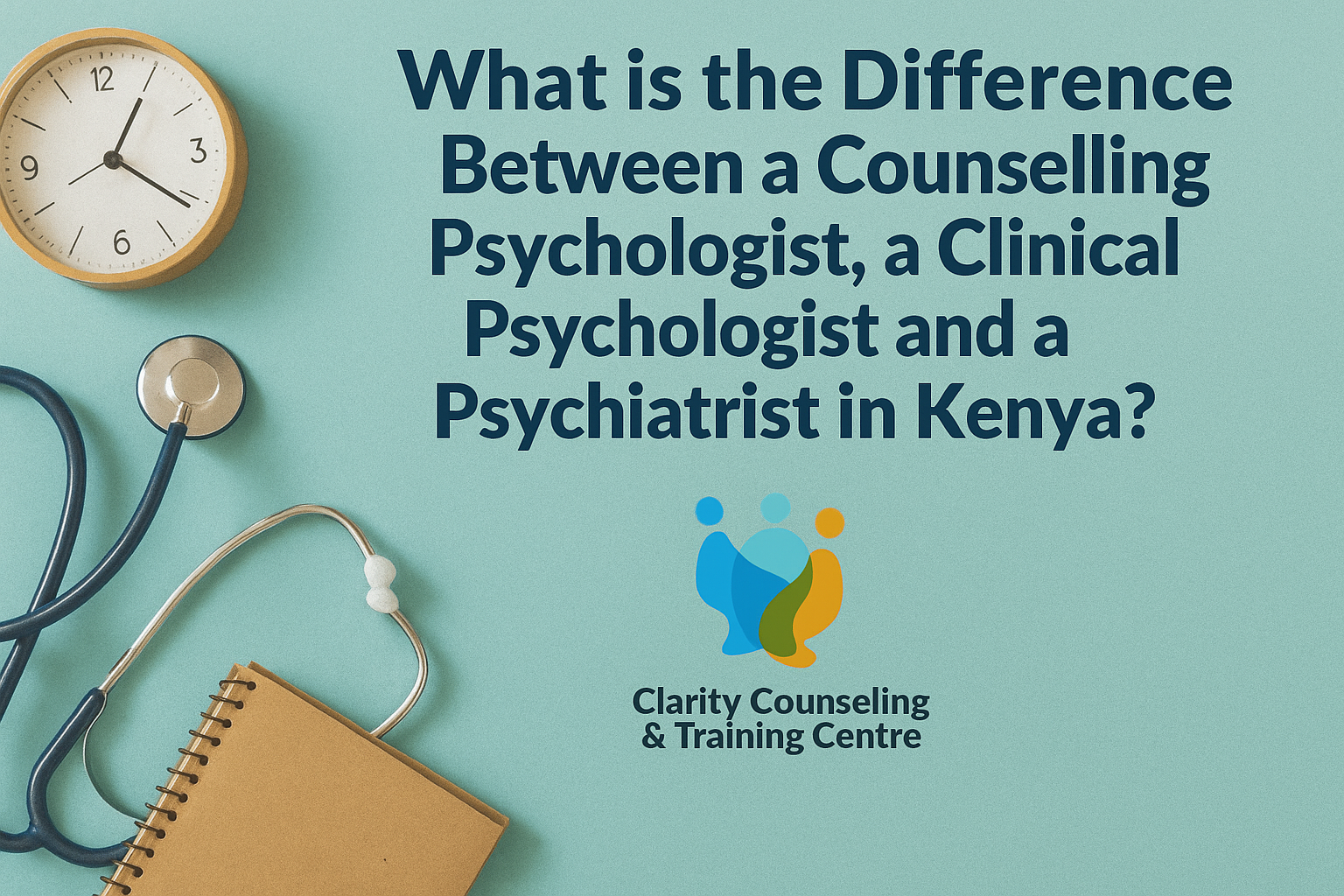Psychological Safety in the Workplace

Psychological Safety in the Workplace
Imagine you’re at a team meeting and you get a great idea that could fix an issue you have been struggling with for weeks. You want to tell your teammates about it, but you’re hesitant. What if they make fun of you? What if they think you’re stupid? What if they reject your proposal and ridicule you in front of everyone?
If you’ve ever felt this way, you’re not alone. Many people are afraid and anxious about speaking up at work. They are concerned about how others will see them, the potential hit on their reputation, the impact on their career. They would rather remain silent than risk it.
This is an indication of a lack of psychological safety in the workplace. Psychological safety is defined as the belief that one can speak up, express opinions, make mistakes, and ask for help without fear of being punished, rejected, or ignored. It is the ability to speak up and be genuine to oneself without fear of repercussions on one’s image, profession, or status. Psychological safety is essential not only for personal well-being, but also for team and organizational success. It is a key factor to fostering collaboration, innovation, learning, quality, productivity and trust in an organization.
A study conducted by Google found that, psychological safety was the most important characteristic of high-performing teams. Teams with high psychological safety were more likely to take risks, share ideas, admit errors, and support each other. Teams with low psychological safety however, were more likely to withhold information, avoid feedback, blame others, and disengage from work. Creating and sustaining psychological safety in the workplace just like in any other space is difficult. It requires work, time, patience and being intentional by all parties involved.
So how can you create a psychologically safe workplace? Here are some tips:
- Demonstrate vulnerability and authenticity. Leading by example is one of the most effective methods to lead the adaptation of any culture within a team, psychological safety included. Admitting one’s own mistakes or blunders, uncertainties and limitations as well as seeking help when you need it, shows your team that it’s okay not to know everything. It’s okay to learn from other people. It’s okay to make mistakes.
- Establish a culture of feedback and curiosity. Feedback is essential for learning and development but it is also threatening to certain people. By fostering a culture of showing appreciation to different opinions and perspectives, listening actively and asking open ended questions, we can make feedback more constructive and less personal while encouraging curiosity. Making it a habit to provide both positive and negative feedback consistently makes people more receptive than focusing on only negative feedback.
- Shift focus from perfection to allow for risk taking and experimentation: It’s natural for a manager to want to hold everyone to a high standard. However, concentrating too much on perfection might do more harm than good to your team. It fosters a culture of fear, blame, and defensiveness. Employees would be unwilling to confess mistakes or attempt new things. It is more advisable to encourage your team to learn from mistakes and to rejoice in the positive outcomes by re-framing failures and mistakes as opportunities for learning and growth. This will allow for more creativity and innovation.
- Promote inclusiveness and involvement. Psychological safety entails not just speaking up, but also listening to and respecting the viewpoints of others. You may encourage participation and inclusion as a manager by providing chances for everyone to contribute their views and ideas. For example, you may collect opinions from your team members through random selection in meetings to ensure everyone talks, brainstorming sessions, questionnaires or polls. Ask questions and show genuine interest in their views however different they may be.
Psychological safety in the current world is a necessity. Change has become the norm for any organization to grow or survive and for that change to occur it requires a workforce willing to innovate, to make mistakes, to grow.
Creating a working environment in which people feel comfortable being themselves and expressing their ideas without fear is without a doubt a goal that every organization requires to take on not only for their employee’s sake but the company’s as well.









